Your One-Stop Shop for Everyday Essentials & Unique Finds
Conquer Any Condition: Your Guide to Essential All-Weather Gear for Cycling
Riding your bike shouldn't stop just because the weather isn't perfect. Honestly, some of my best rides have been in less-than-ideal conditions, but only because I had the right all-weather gear for cycling. It’s not about having a massive wardrobe; it’s about picking smart pieces that work together. This guide will help you figure out what you really need so you can keep rolling, no matter what the sky decides to do.
Key Takeaways
- Layering is your best friend for adapting to changing temperatures and conditions.
- Staying dry is a two-part game: block external moisture and manage your sweat.
- Visibility is non-negotiable, especially in rain, fog, or low light.
- Protecting your hands, feet, and head makes a huge difference in cold weather comfort.
- Lightweight, breathable fabrics are key for staying cool and comfortable in the heat.
Embrace Every Ride: Your All-Weather Gear Foundation
Getting out on your bike shouldn't be limited by what the sky is doing. The secret to enjoying every single ride, no matter the weather, is building a solid foundation of gear that works with you, not against you. Think of it as your personal cycling toolkit for any condition.
The Magic of Layering for Adaptable Comfort
Layering is your best friend when it comes to staying comfortable on the bike. Instead of one bulky item, think about using several thinner pieces. This way, you can easily add or remove layers as your body temperature changes or the weather shifts. It’s all about being prepared without being weighed down.
Here’s a simple layering approach:
- Base Layer: This is the layer closest to your skin. Its main job is to wick away sweat and keep you dry. Materials like merino wool or synthetic blends are great for this.
- Mid Layer: This layer provides insulation. Depending on how cold it is, this could be a fleece jacket or a thermal jersey. It traps body heat to keep you warm.
- Outer Layer: This is your shield against the elements. It should protect you from wind and rain while still allowing some air to escape so you don't overheat. A good windbreaker or a waterproof jacket fits here.
This system lets you fine-tune your comfort on the fly. You can shed a layer if you get too warm on a climb or add one if a chilly breeze picks up. It’s about smart adjustments for a better ride.
Moisture Management: Staying Dry From the Inside Out
When you're cycling, your body generates a lot of heat and sweat. If that moisture isn't managed, it can make you cold and uncomfortable, especially when the temperature drops. Good cycling gear is designed to handle this.
- Wicking Fabrics: Look for base layers and jerseys made from materials that pull sweat away from your skin. This keeps you feeling drier and helps regulate your body temperature.
- Breathable Materials: Your outer layers need to let sweat vapor escape. If a jacket seals you in completely, you'll end up damp from the inside, which defeats the purpose of staying dry.
- Water Resistance vs. Waterproofing: Understand the difference. Water-resistant gear can handle light rain or spray, while waterproof gear offers full protection. For most conditions, water-resistant is often enough and more breathable.
Staying dry isn't just about comfort; it's a key part of staying safe. Being wet can quickly lead to feeling cold, which can affect your focus and reaction time. Choosing the right gear means you can concentrate on the road ahead.
Visibility is Key: Shining Bright in Any Condition
Let's face it, not every day is sunny and clear. When visibility is low, whether it's due to rain, fog, or early morning/late evening light, being seen by others is incredibly important. Bright colors and reflective elements are your best defense.
- Fluorescent Colors: Jerseys, jackets, or even accessories in neon yellow, bright orange, or vibrant pink really stand out, even in dull light.
- Reflective Details: Many cycling garments have reflective strips or panels. These catch light from car headlights and make you much more visible to drivers at night or in low-light conditions. Check out cycling apparel that incorporates these features.
- Lights: Don't forget your bike lights! A good front and rear light are non-negotiable for riding in anything less than perfect daylight. Make sure they are charged and visible from a good distance.
Conquer the Cold: Essential Gear for Chilly Adventures
When the temperature drops, it doesn't mean your cycling adventures have to stop. In fact, riding in the crisp, cool air can be incredibly invigorating! The key to enjoying these colder months is having the right gear to keep you warm and comfortable. Think of it as building your own personal microclimate on the bike.
Warmth Starts Within: Choosing the Right Base Layers
Your base layer is the unsung hero of cold-weather cycling. It's the layer closest to your skin, and its job is to wick away sweat and keep you insulated. Merino wool is a fantastic choice here. It's naturally warm, breathable, and even stays warm when it gets a little damp. Synthetics are also great for wicking moisture, which is super important to avoid that clammy, cold feeling.
- Merino Wool: Excellent warmth, breathability, and odor resistance.
- Synthetics: Great at wicking moisture away from the skin.
- Fit: Should be snug but not constricting, allowing for easy movement.
Don't underestimate the power of a good base layer. It's the foundation for all your other cold-weather gear and can make a huge difference in your overall comfort.
Protecting Your Extremities: Hands, Feet, and Head
Your hands, feet, and head are the most vulnerable to the cold because your body prioritizes keeping your core warm. So, we need to give them extra attention.
- Hands: Look for insulated cycling gloves. Some even have a "lobster claw" design, which keeps your fingers together for more warmth while still allowing you to operate your brakes and shifters. Make sure they have a good wrist closure to prevent drafts.
- Feet: Cold feet can be miserable. Consider thermal cycling socks, ideally made from merino wool or a good synthetic blend. If your regular cycling shoes aren't cutting it, invest in winter cycling boots or shoe covers (booties) that add an extra layer of wind and water protection.
- Head: A significant amount of heat can escape from your head. A thin, insulating cap or helmet liner that fits comfortably under your helmet is a game-changer. For really cold days, a balaclava can protect your face and neck from the biting wind.
Outer Shells for Winter Warriors
Once your base and extremities are covered, it's time for the outer layer. This is your shield against the wind and any precipitation. A good windproof jacket is a must. Look for jackets with longer back panels to cover your lower back when you're in a riding position. Some winter jackets are also insulated, offering an all-in-one solution for colder days. If it's really wet, you might need a waterproof outer layer, but make sure it still breathes so you don't get soaked from the inside by sweat.
The right combination of layers will keep you comfortable and happy, no matter how low the temperature drops.
Beat the Heat: Staying Cool on Sunny Days

When the sun's out and the temperatures are climbing, cycling can feel amazing. But you don't want to overheat and feel miserable. The right gear makes all the difference, helping you stay comfortable and focused on the ride, not the sweat.
Lightweight Jerseys for Maximum Airflow
Forget those heavy, stuffy jerseys. For hot weather, you need something that feels like a second skin, but a really breathable one. Look for jerseys made from ultralight fabrics that wick moisture away from your body. Mesh panels are your best friend here, strategically placed in high-sweat areas like the back and underarms to let air circulate freely. A full-length zipper is also a game-changer; you can open it up for instant ventilation when you hit a tough climb or the sun really starts beating down. Choosing a jersey designed for summer means you're prioritizing comfort and performance when it matters most. You can find some great options designed for optimal breathability and style here.
Summer-Specific Bottoms for Comfort
Your shorts or bibs are just as important as your jersey when it's hot. You want materials that are lightweight and dry quickly. Nobody likes feeling like they're riding in a damp sponge. Look for minimal seams to cut down on potential chafing, especially on longer rides. Many summer-specific chamois pads also have extra perforations to help with airflow and keep things feeling fresh. It’s all about reducing friction and managing moisture down there.
Sun Protection Beyond Sunscreen
While sunscreen is a must, there are other ways to protect yourself from the sun's rays on the bike. Consider these additions:
- Arm and Leg Coolers: It might sound odd, but covering up can actually keep you cooler. Look for UPF-rated sleeves that offer sun protection and some even have special coatings that feel cool against your skin when the temperature really spikes.
- Cycling Caps: A simple cycling cap worn under your helmet can shield your face and scalp from direct sun, and many are designed to wick sweat away from your forehead.
- Neck Gaiters: These are super versatile. You can pull one up to protect your neck from the sun, or even dampen it for a cooling effect.
Staying cool isn't just about comfort; it's about preventing heat exhaustion and sunburn, which can really ruin a ride. Paying attention to these details means you can enjoy those long, sunny days on the bike without feeling like you're melting.
Dance in the Rain: Your Guide to Wet Weather Cycling
Don't let a little (or a lot) of rain put a damper on your cycling plans. With the right gear, you can actually enjoy riding in the wet. It's all about staying dry and visible, which makes a huge difference in comfort and safety. Think of it as an adventure, not an obstacle!
Waterproof Jackets That Breathe
This is probably the most important piece of kit for rainy rides. You need something that keeps the water out but also lets your sweat escape. Nobody wants to feel like they're riding in a plastic bag. Look for jackets made with materials like Gore-Tex or similar technologies. These membranes are designed to block external water while allowing water vapor (aka sweat) to pass through. A good rain jacket should feel like a second skin that protects you from the elements. Features like a longer back hem to cover your backside from road spray, adjustable cuffs, and a hood that fits over your helmet are also big pluses. For serious wet weather, consider something like the Rapha Pro Team Gore-Tex jacket.
Keeping Your Lower Half Dry and Happy
Wet legs can lead to a miserable ride, and not just because they're cold. Constant chafing from wet fabric is no fun. Waterproof cycling pants or tights are your best bet for full coverage. Look for ones with articulated knees so you can move freely. If it's just a light shower or warmer out, rain shorts can be a good compromise, offering splash protection without overheating you. And while not clothing, good fenders make a massive difference in reducing the amount of spray that hits you and your bike.
Enhanced Visibility for Rainy Rides
Rain and fog dramatically reduce how well drivers can see you. This is where high-visibility gear becomes non-negotiable. Think bright, fluorescent colors that stand out even in gloomy conditions. But don't stop there – reflective elements are key for when headlights hit you. Look for reflective details on your jacket, pants, shoes, and even your helmet. The more reflective surfaces you have, the better. Some riders even add reflective tape to their bikes or wear reflective ankle bands. Being seen is just as important as staying dry.
Here's a quick rundown of what to look for:
- Waterproofness: The primary job of your rain gear.
- Breathability: Lets sweat vapor escape to keep you from getting clammy.
- Fit: Comfortable enough for cycling, not too baggy or restrictive.
- Visibility: Bright colors and reflective details are a must.
- Durability: You want gear that can handle regular use and washing.
Navigating Transitional Seasons: Spring and Fall Cycling
The Art of Versatile Transitional Pieces
Spring and fall can be tricky. One minute it's crisp and cool, the next it's surprisingly warm, or maybe a sudden shower rolls in. This is where your gear needs to be smart and adaptable. Forget bulky, single-purpose items; think about pieces that can do double duty. A good wind vest, for example, is a lifesaver. It keeps your core warm without making you overheat, and it's easy to stash in a jersey pocket when the sun decides to show up. Lightweight, packable jackets are also your best friend. They offer protection from unexpected wind or rain and fold down small enough to disappear when you don't need them. The goal is to be prepared for anything without being weighed down.
Arm and Leg Warmers: Your Secret Weapon
These are absolute game-changers for spring and fall riding. They take your favorite summer kit and instantly make it suitable for cooler temperatures. The beauty of arm and leg warmers is their versatility. You can easily pull them on before a ride when it's chilly, and just as easily peel them off and stuff them into a pocket once you've warmed up. This means you don't need a whole new wardrobe for those in-between days. They provide just enough warmth to keep the chill off your muscles, helping you perform better and feel more comfortable. Plus, they come in various materials, from thin thermal fabrics to slightly more insulating ones, so you can pick what suits your ride.
Gilets and Packable Jackets for Unpredictable Days
When the weather can't make up its mind, gilets (or vests) and packable jackets are your go-to items. A gilet is fantastic for keeping your core protected from the wind, which can often feel much colder than the actual temperature. Since your arms are free, you don't overheat as easily. Packable jackets, on the other hand, are your insurance policy against sudden downpours or strong gusts. Look for ones that are both windproof and water-resistant, and importantly, breathable. You want something that keeps the elements out but lets your sweat vapor escape so you don't get clammy. These items are key to staying comfortable when the weather is unpredictable. They allow you to make quick adjustments on the fly, so you can focus on enjoying the ride, not on being too hot or too cold. For more ideas on adaptable layers, check out this guide to all-weather gear.
Here's a quick rundown of what to consider:
- Gilets/Vests: Great for core wind protection, easy to pack.
- Packable Jackets: Offer wind and light rain protection, highly portable.
- Arm/Leg Warmers: Extend the life of your summer cycling clothes.
- Lightweight Base Layers: Can be added under jerseys for extra warmth.
Transitional seasons are all about smart layering and adaptable pieces. Don't underestimate the power of a good vest or a jacket that folds down small. Being prepared means you can ride more often, no matter what the sky decides to do.
Beyond the Basics: Specialty All-Weather Cycling Needs
High-Altitude Riding Essentials
Cycling at higher elevations is a whole different ballgame. The air gets thinner, the sun gets stronger, and the weather can change on a dime. You'll want to pack layers that are easy to shed or add. Think lightweight, insulating pieces that can handle a sudden temperature drop. And don't forget that sun protection – UV rays are no joke up there. A good windbreaker is also a must, as the wind can feel way colder when you're exposed.
- Layering is key: Pack a few thin layers rather than one bulky one.
- Sun protection: Higher altitudes mean stronger UV radiation. Consider arm sleeves and a cycling cap under your helmet.
- Wind protection: A packable wind jacket is your best friend.
Illuminating Your Path: Night Cycling Gear
When the sun goes down, visibility becomes your number one priority. It's not just about seeing where you're going; it's about making sure everyone else sees you. This means investing in good lights, both front and rear, with enough power to light up your path and signal your presence. Reflective elements on your clothing and bike are also super important for that 360-degree visibility.
- Lights: Get a bright front light and a powerful rear light. Check their lumen output for different riding conditions.
- Reflectivity: Look for reflective strips on your clothing, tires, and even consider reflective tape for your frame.
- Accessories: Reflective ankle bands or a reflective backpack cover can make a big difference.
Indoor Training Comforts
Sometimes, the weather just keeps you inside. But that doesn't mean your training has to stop! Indoor cycling can get surprisingly sweaty because there's no natural airflow. You'll want jerseys that are super breathable and wick away moisture like crazy. It's also a good idea to have something to protect your bike from sweat, like a bike cover or a sweat catcher that hangs from your handlebars. And a good fan can make a world of difference in keeping you cool and comfortable while you're putting in the miles.
Don't let a little (or a lot of) bad weather stop your progress. Indoor training gear is all about managing sweat and staying cool when you're working hard without any breeze.
Keep Rolling, No Matter the Weather!
So there you have it! With the right gear, you can totally ditch those "weather excuses" and just get out there on your bike. It’s not about having the fanciest stuff, but about picking pieces that work for you and the conditions you ride in. Think layers, think visibility, and most importantly, think about having fun. Don't let a little rain or a chilly breeze stop you from enjoying your ride. Now go out there and make some miles, whatever the sky decides to do!
Frequently Asked Questions
What's the most important thing to remember when picking out cycling clothes for different weather?
The biggest secret is layering! Think of it like building with blocks. Instead of one super-thick jacket, wear a few thinner layers. This traps air, which is a great insulator. Plus, if you get too warm, you can just take off a layer. It's all about being able to change your outfit easily as the weather or your body temperature changes.
How do I stay dry when it's raining and I'm cycling?
Staying totally dry in heavy rain is tough, but good gear helps a lot. You'll want a waterproof jacket with sealed seams and waterproof zippers. For your lower half, waterproof pants or shorts are key. Don't forget shoe covers to keep your feet from getting soaked! Also, make sure your gear is breathable so sweat can escape, not just get trapped inside.
What should I wear when it's cold but not freezing?
For cool weather, layering is your best friend. Start with a moisture-wicking base layer against your skin. Then add a jersey or a light insulating layer. A wind vest or a packable wind jacket is also super useful. It keeps your core warm without making you overheat, and you can stash it in your pocket if you warm up.
Is it really important to be seen when cycling in bad weather?
Absolutely! When it's rainy, foggy, or dark, it's harder for drivers to see you. Bright, fluorescent colors and reflective strips on your clothes, helmet, and bike are a must. Think of it as making yourself a big, unmissable target so everyone stays safe.
What kind of gear is best for really hot, sunny days?
On hot days, focus on staying cool and protected from the sun. Wear lightweight jerseys made of materials that let air flow through and wick away sweat. Look for shorts or bibs made of quick-drying fabric with fewer seams to prevent chafing. And don't forget sunscreen, a cycling cap to shade your head, and maybe even UV-protective sleeves.
What are arm and leg warmers for?
Arm and leg warmers are like magic pieces for spring and fall. They're sleeves and tubes you wear on your arms and legs over your regular cycling shorts or jersey. They add warmth when it's a bit chilly, but you can easily pull them down or take them off if you start to feel too hot. They're super versatile!

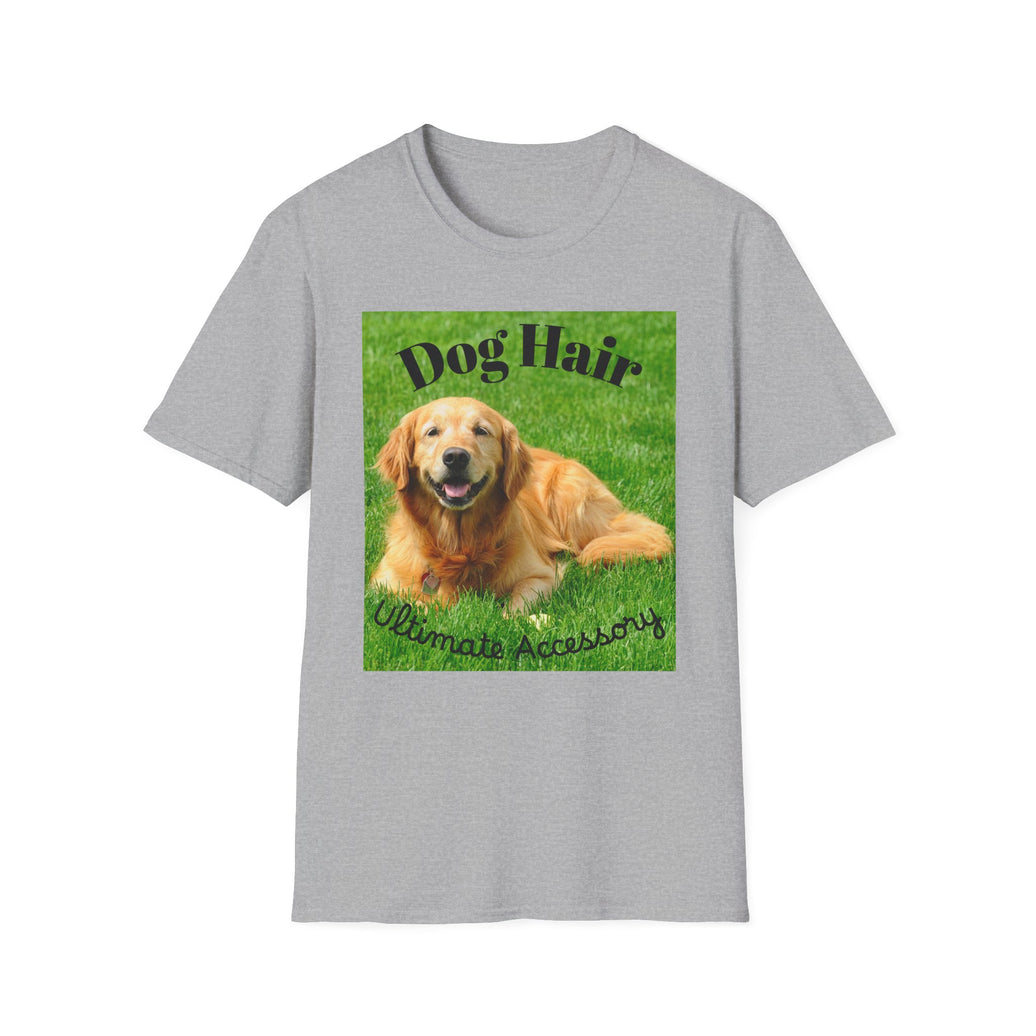
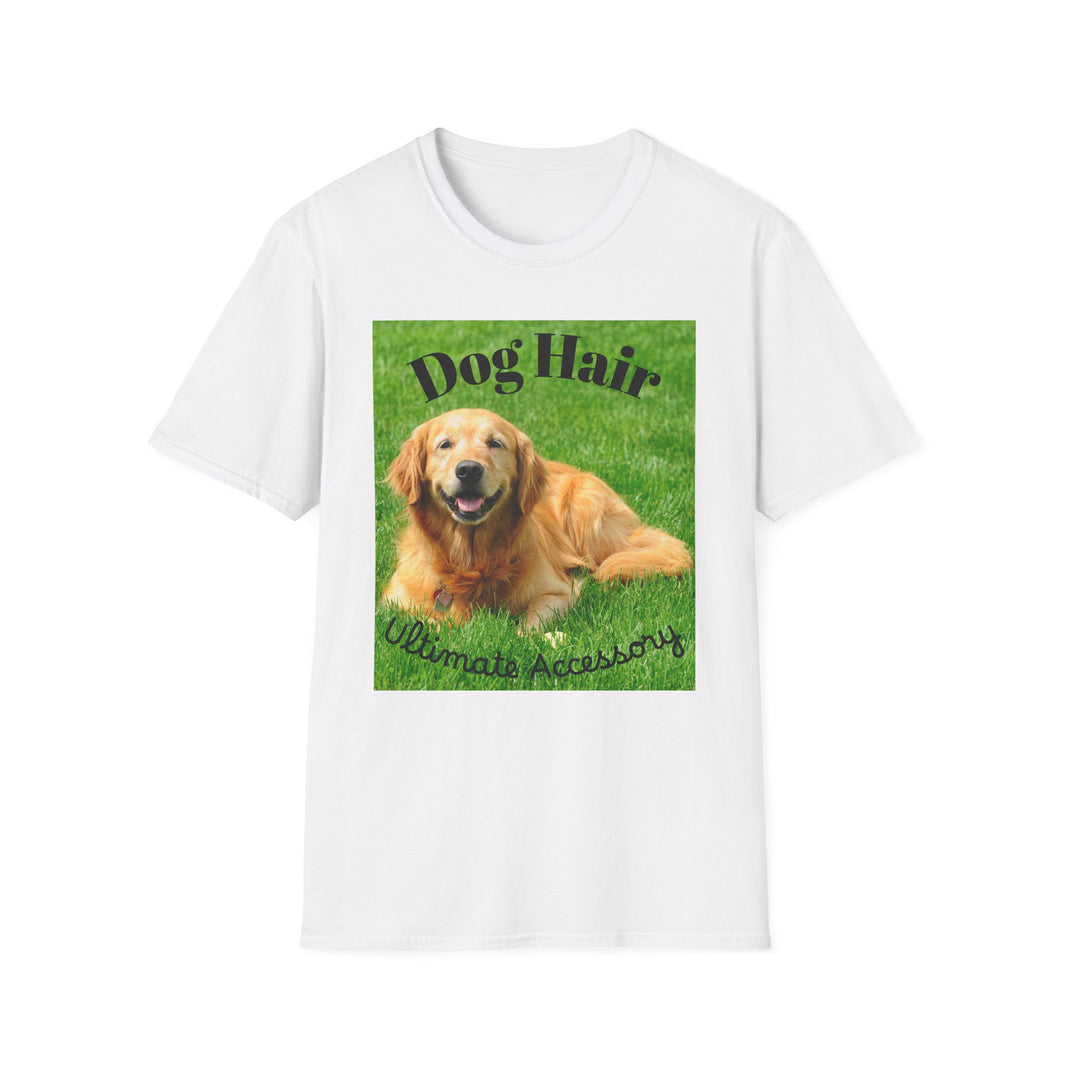
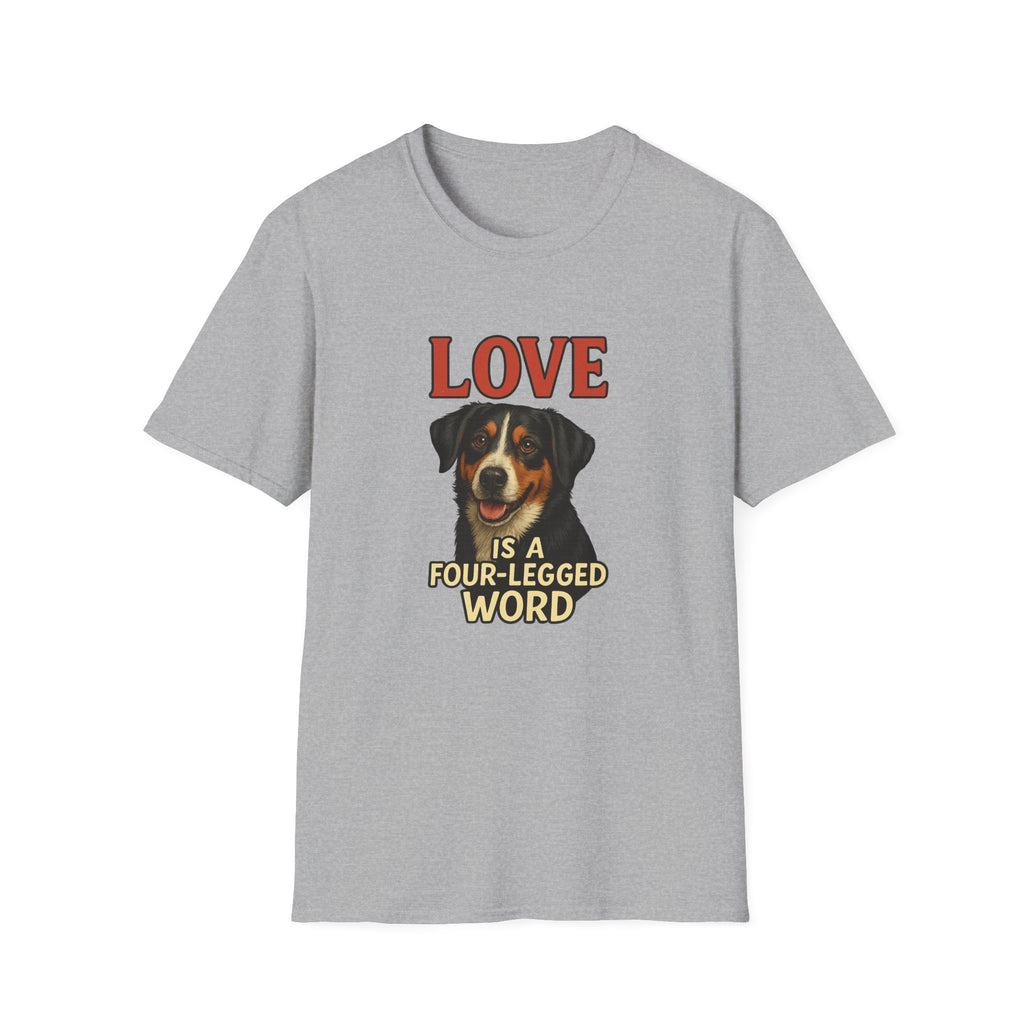
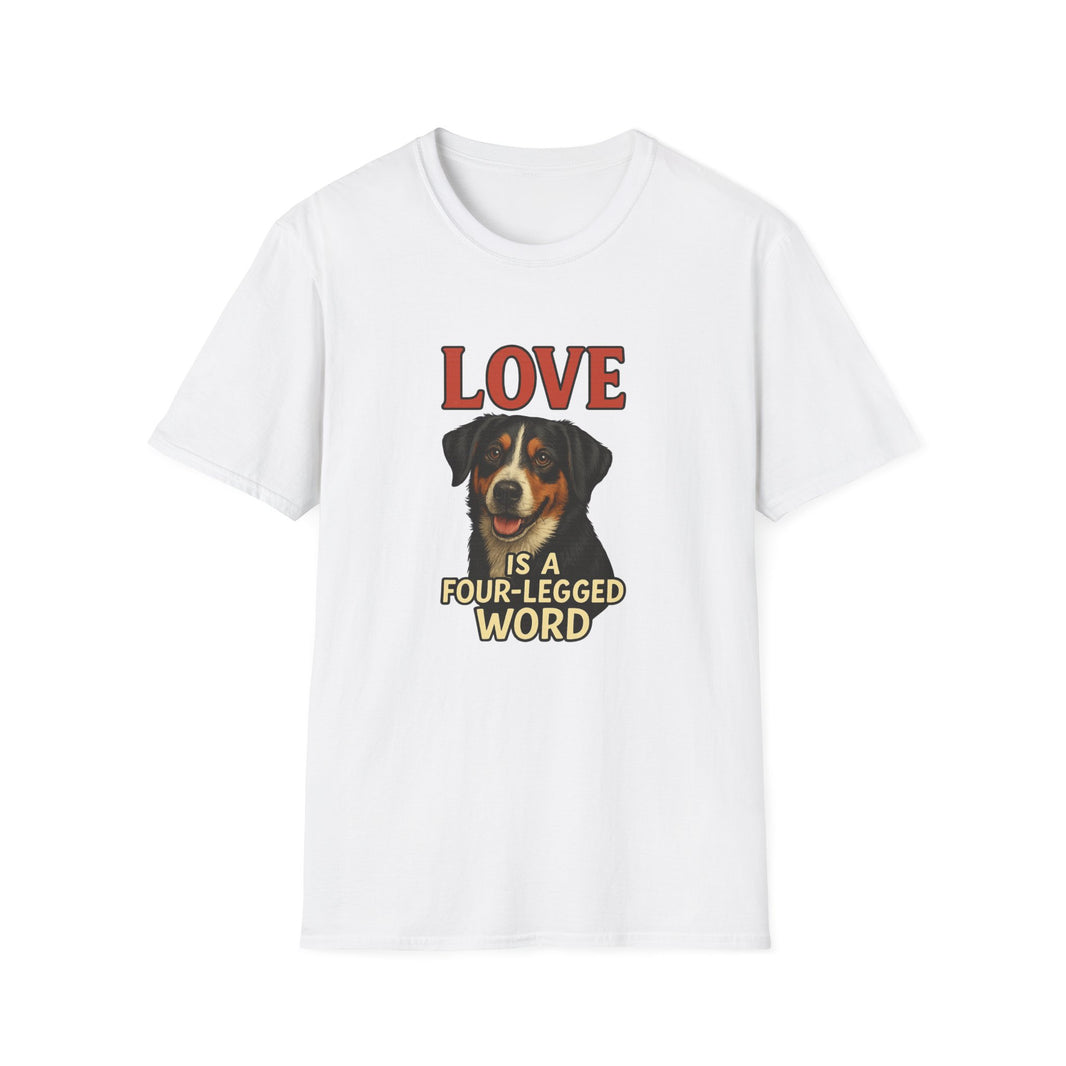
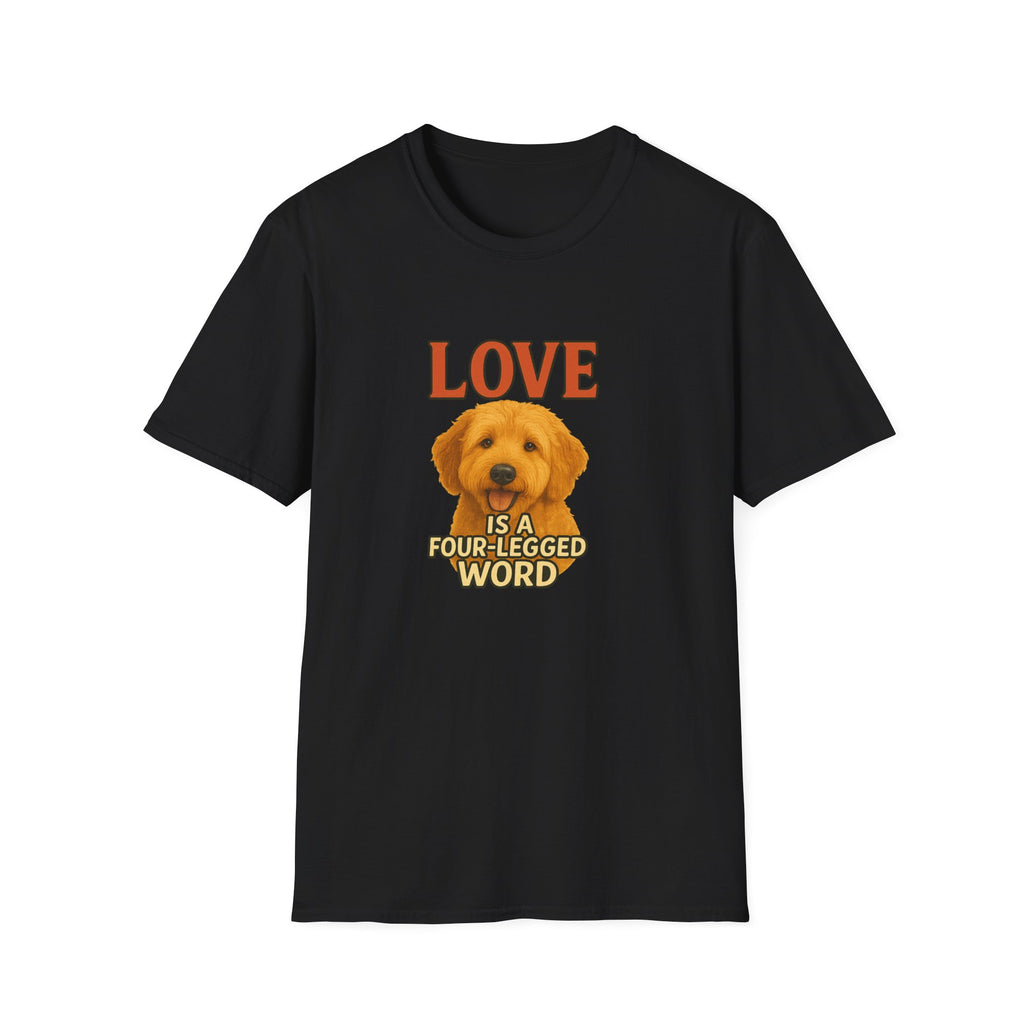
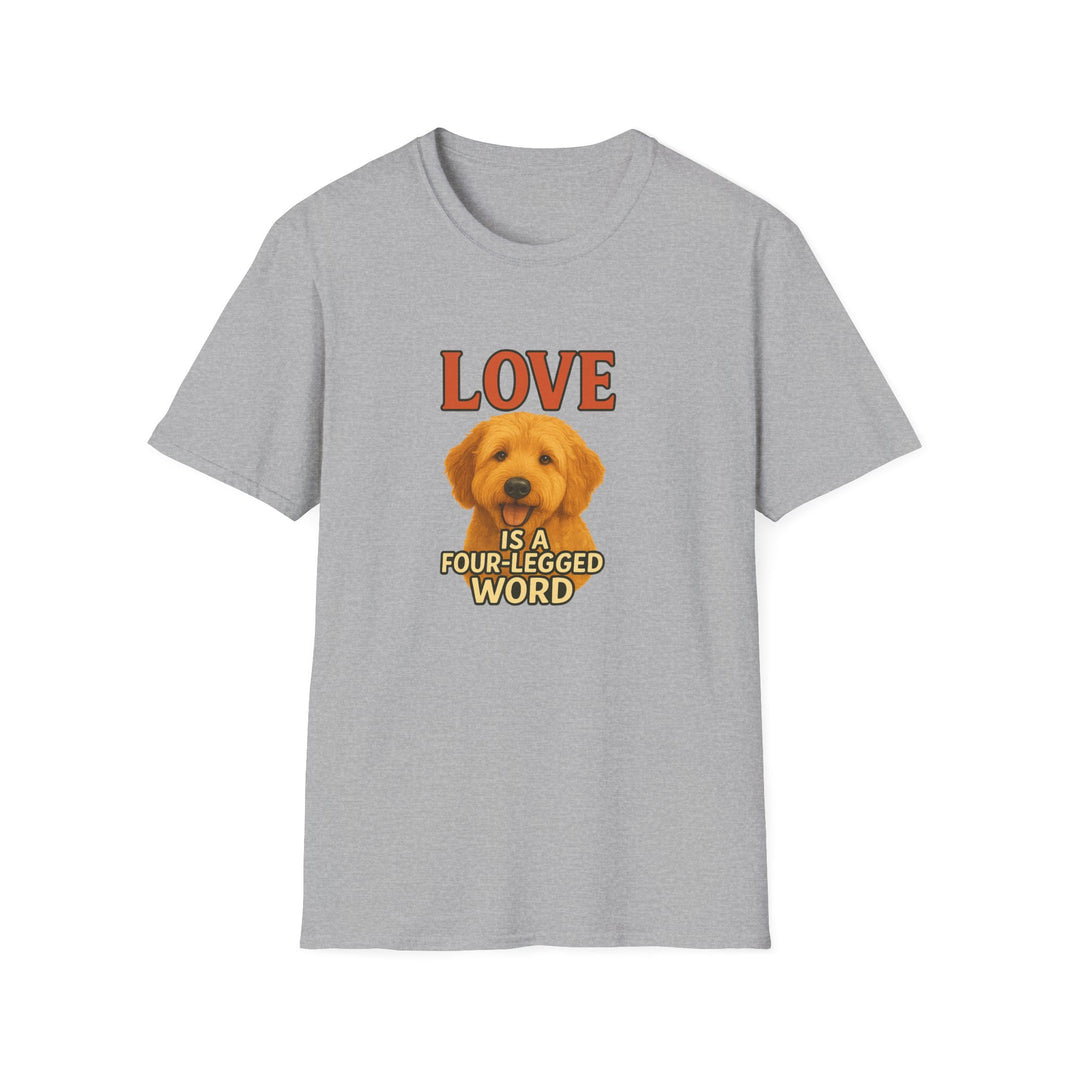



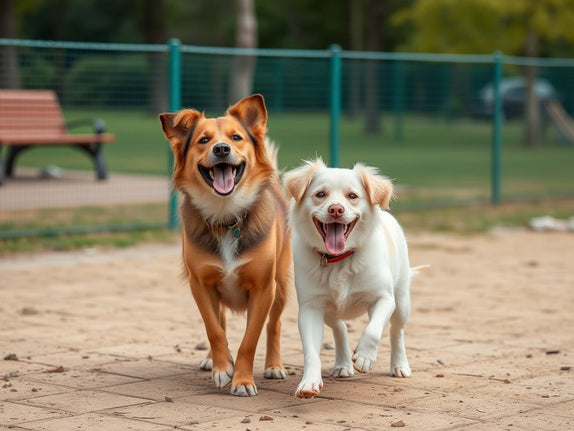


Leave a comment